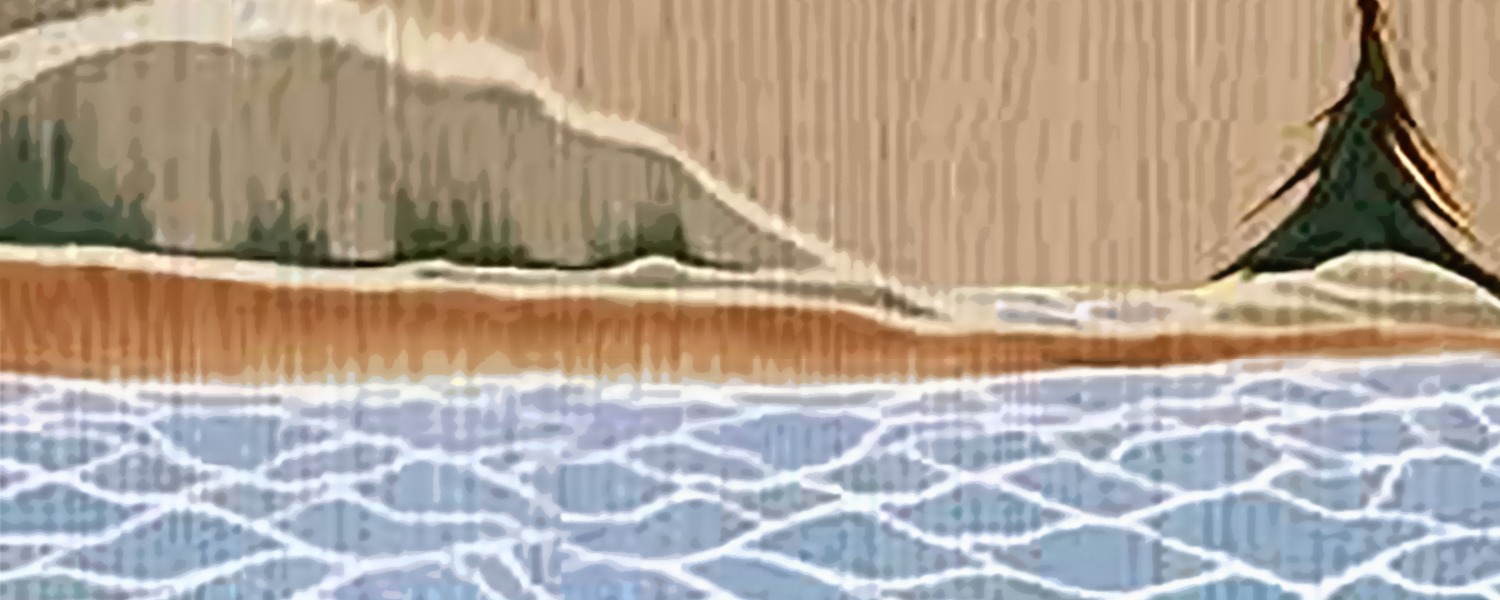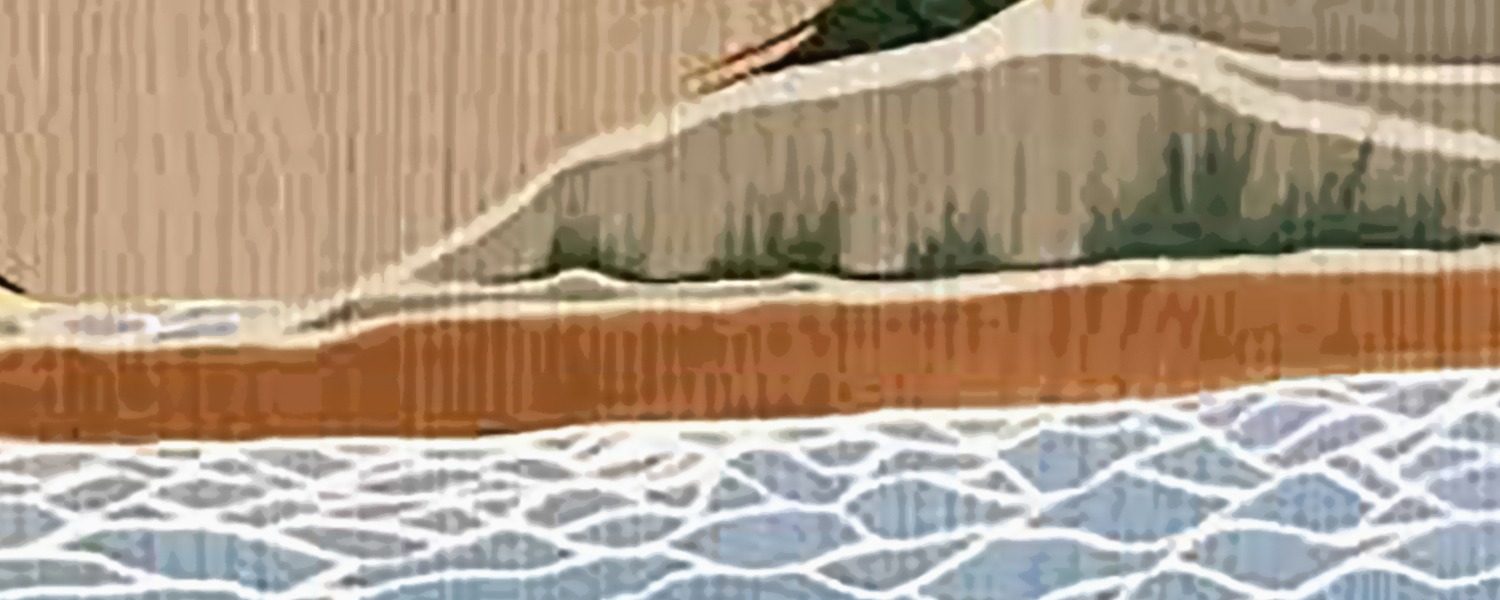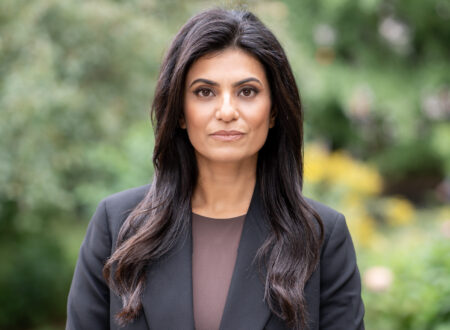Related Posts

Saugeen Ojibway Nation Trial Coming to An End
SAUGEEN OJIBWAY NATION TRIAL COMING TO AN END FOR IMMEDIATE RELEASE: October 16, 2020
Click here for a PDF version of this Press Release
Closing arguments are set to…
Read More...
Saugeen Ojibway Nation Trial Begins
OKT is proud to represent the Saugeen Ojibway Nation in their historic claims. Below is the press release announcing the start of this historic trial.
To download a copy of…
Read More...
Saugeen Ojibway Nation’s Legal Fight for Land, Waters, and Decision-Making Rights
Wednesday, June 25, 2025
Last week, the Saugeen Ojibway Nation (SON) was in the news about how it is continuing to fight to protect the lands and waters of their…
Read More...



